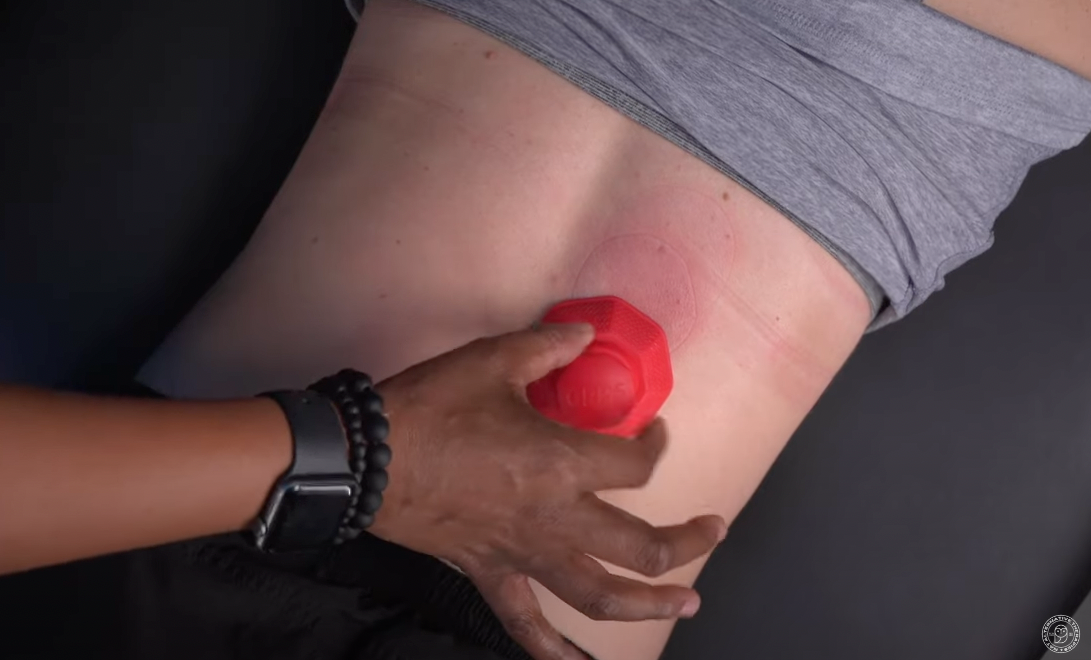The Link Between Core Strength and Pelvic Floor Health: A Deep Dive for Women

The importance of core strength in maintaining a healthy pelvic floor is often underestimated
A healthy pelvic floor is vital for women of all ages, playing a crucial role in everything from maintaining continence to sexual function and providing support for the pelvic organs. Often, the importance of core strength in maintaining a healthy pelvic floor is underestimated.
Today, we delve deeper into the connection between these two vital components of women's health, while also providing some recommended exercises presented by pelvic pain specialist Sonja Forster PT.
Understanding the Core and Pelvic Floor
The "core" refers to a group of muscles that stabilize and move the spine. These muscles include the transversus abdominis, multifidus, diaphragm, and pelvic floor muscles. The pelvic floor muscles form the base of the group of muscles commonly known as the core. These muscles span the bottom of the pelvis and support the pelvic organs, such as the bladder, uterus, and rectum.
The Connection between Core Strength and Pelvic Floor Health
The core muscles and the pelvic floor have an intimate relationship. A strong core often signifies a strong and healthy pelvic floor. When your core muscles are weak, it can lead to an imbalance in the body, causing excessive pressure and strain on the pelvic floor muscles. This strain can lead to conditions such as incontinence, pelvic organ prolapse, and even pelvic pain.
A strong core provides better support to the spine and pelvis, and by extension, the pelvic floor. It helps maintain the correct abdominal pressure and allows the pelvic floor muscles to function optimally.
Core Strength for Women's Health
For women, especially those who have given birth, the need for a strong core and pelvic floor becomes even more significant. Pregnancy and childbirth can put considerable strain on these muscles, leading to issues such as incontinence and prolapse if not properly rehabilitated postpartum. However, the importance of core strength extends beyond motherhood. As women age, hormonal changes during menopause can affect muscle strength, including the pelvic floor, making it all the more vital to maintain a strong core.
Exercises to Improve Core Strength and Pelvic Floor Health
In a comprehensive video accompanying this blog (above), pelvic pain specialist Sonja Forster PT demonstrates a series of exercises specifically designed to improve core strength and pelvic floor health. These exercises, which include pelvic tilts, deep belly breathing, and gentle bridges, can easily be incorporated into your daily routine. They not only strengthen the core and pelvic floor muscles but also improve coordination between the two, leading to better overall function.
Conclusion
Understanding the connection between core strength and pelvic floor health can significantly impact women's health outcomes. By incorporating regular core and pelvic floor exercises into your routine, you can enhance your overall wellbeing and help prevent several health issues related to the pelvic floor. Remember, a strong core is the foundation of a healthy body, and with the guidance of experts like Sonja Forster PT, you can take the right steps towards a healthier pelvic floor today.
Disclaimer: Although these exercises are designed to be safe and effective, it's always important to consult with a healthcare provider before starting any new exercise regimen, especially if you have existing health conditions.

Learn More for Less

Unlimited access to all CE courses for just $19.95/mo







